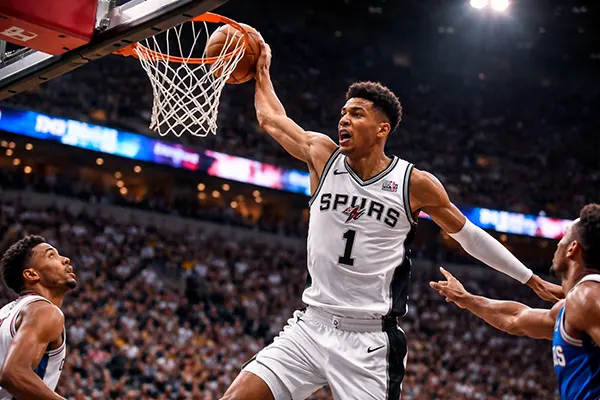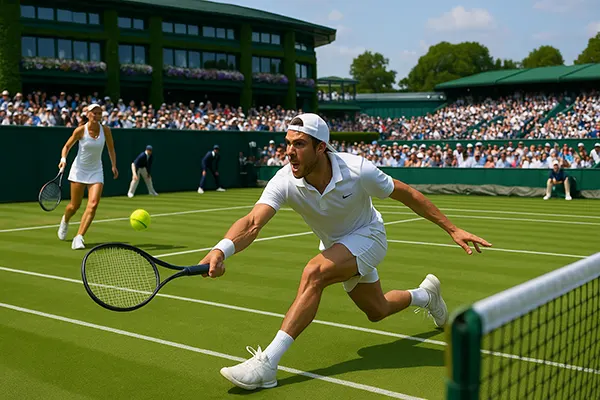Women’s football has seen an unprecedented rise in popularity and recognition over the past decades. From grassroots movements to global tournaments, the journey towards equality has been marked by both significant achievements and persistent challenges. This article explores the evolution of women’s football, focusing on the progress made, the hurdles that remain, and the initiatives driving change.
The Evolution of Women’s Football
The history of women’s football is one of resilience and determination. The first recorded matches date back to the late 19th century, yet the sport faced widespread societal and institutional resistance. For decades, women were often banned or discouraged from playing, with football deemed unsuitable for them. It wasn’t until the mid-20th century that attitudes began to shift, albeit slowly.
During the early 20th century, women’s football gained traction in parts of Europe. However, its progress was stymied by a lack of support from governing bodies, with bans on women’s matches implemented in many countries. Nevertheless, grassroots efforts and local competitions kept the sport alive. The 1970s and 1980s marked the beginning of a global movement for women’s football, laying the groundwork for its eventual recognition on the world stage.
Today, women’s football is more organised and professionalised than ever. Governing bodies like FIFA and UEFA now host major tournaments that attract millions of viewers. However, the legacy of inequality still casts a long shadow, as many countries struggle to provide equal resources and opportunities for female players. Despite this, the dedication of players, fans, and organisations continues to push the sport forward.
Key Milestones in the Growth of Women’s Football
The lifting of bans on women’s football in the 1970s marked a turning point. National leagues were established, and international competitions like the FIFA Women’s World Cup, inaugurated in 1991, provided a global stage for female athletes. UEFA and other governing bodies have since made efforts to include women’s football in mainstream events, further boosting its profile.
One significant milestone was the inclusion of women’s football in the Olympic Games in 1996, which helped to legitimise the sport on a global scale. The success of international players, such as Mia Hamm and Birgit Prinz, inspired a new generation of athletes and fans. Moreover, the establishment of professional leagues, such as the Women’s Super League (WSL) in England, has created new opportunities for players to compete at the highest levels.
Challenges Facing Women’s Football Today
Despite the progress, women’s football still grapples with issues of inequality. The gender pay gap remains a glaring disparity, with female players earning significantly less than their male counterparts. Additionally, there are fewer sponsorships, less media coverage, and limited infrastructure for women’s teams compared to men’s football.
Media representation is another challenge, with women’s matches often receiving minimal coverage. This lack of visibility not only affects fan engagement but also reduces potential sponsorship opportunities. Furthermore, systemic barriers in some regions restrict access to the sport for young girls, particularly in countries where cultural norms discourage female participation in athletics.
To address these issues, many organisations are advocating for policy changes and greater investment in women’s football. Campaigns for gender equality in sport have gained momentum, with high-profile athletes using their platforms to demand fair treatment. However, the pace of change varies significantly across countries, highlighting the need for a unified global approach to addressing these inequalities.
Combatting Gender Inequality in the Sport
Efforts to address these challenges have intensified in recent years. Initiatives like equal pay campaigns and increased investment in women’s leagues are gaining traction. FIFA’s commitment to doubling the prize money for the Women’s World Cup by 2027 is a step in the right direction, yet much work remains to ensure parity.
Some clubs and national teams have taken the lead in setting examples of equality. The United States Women’s National Team (USWNT), for instance, secured a landmark agreement in 2022 that guarantees equal pay with their male counterparts. Additionally, sponsorship deals specifically targeting women’s football are becoming more common, signalling a shift in corporate attitudes towards supporting the sport.

Achievements Driving Women’s Football Forward
The achievements of female footballers and teams are reshaping perceptions of the sport. The record-breaking viewership of the 2019 FIFA Women’s World Cup highlighted the growing global audience. Furthermore, players like Megan Rapinoe and Marta have become cultural icons, advocating for gender equality and inspiring future generations.
Grassroots initiatives have also played a crucial role in fostering a love for football among young girls. These programmes provide accessible opportunities for participation, helping to build a strong foundation for the sport’s future. Additionally, the rise of social media has given players a platform to connect directly with fans, further increasing visibility and engagement.
While there is still room for growth, the increasing popularity of women’s football signifies a shift in societal attitudes. More schools and community organisations are offering structured programmes for girls, ensuring that the next generation of players has the resources and support needed to thrive. By celebrating achievements and recognising areas for improvement, women’s football can continue to grow as a sport that inspires millions worldwide.
Building a Legacy for Future Generations
Grassroots programmes and youth academies are fostering new talent, ensuring the growth of women’s football. Organisations such as UEFA and local clubs are implementing strategies to increase participation among girls, creating a robust pipeline of skilled athletes for the future.
Building a legacy for women’s football involves more than just increasing participation. It requires systemic changes that ensure fair treatment, equal opportunities, and adequate resources at all levels of the sport. By addressing these issues and celebrating the success stories of female athletes, the world of football can become more inclusive and equitable for everyone.
Women’s football has undoubtedly come a long way, but the road to equality is far from over. By addressing persistent challenges and celebrating achievements, the sport can continue its upward trajectory, inspiring millions of players and fans worldwide.




